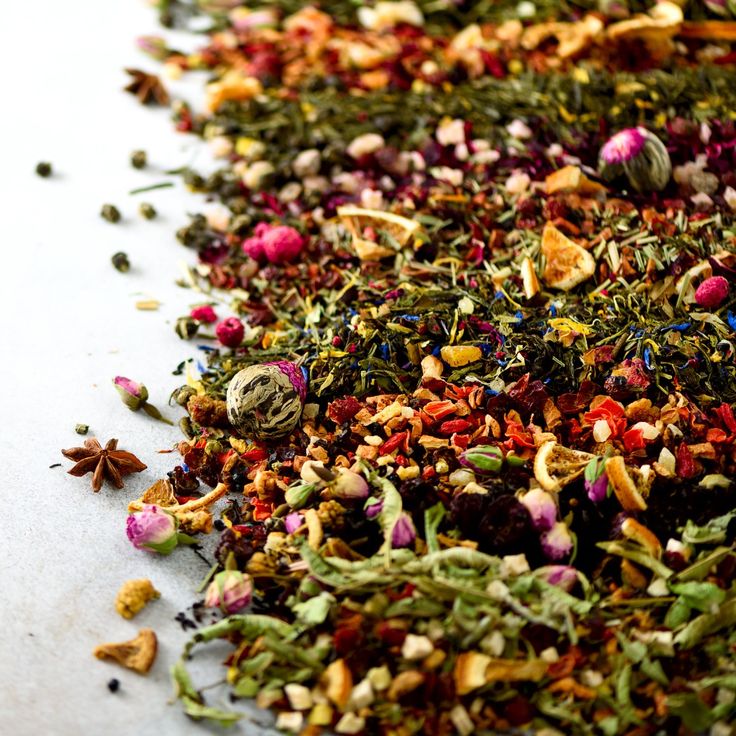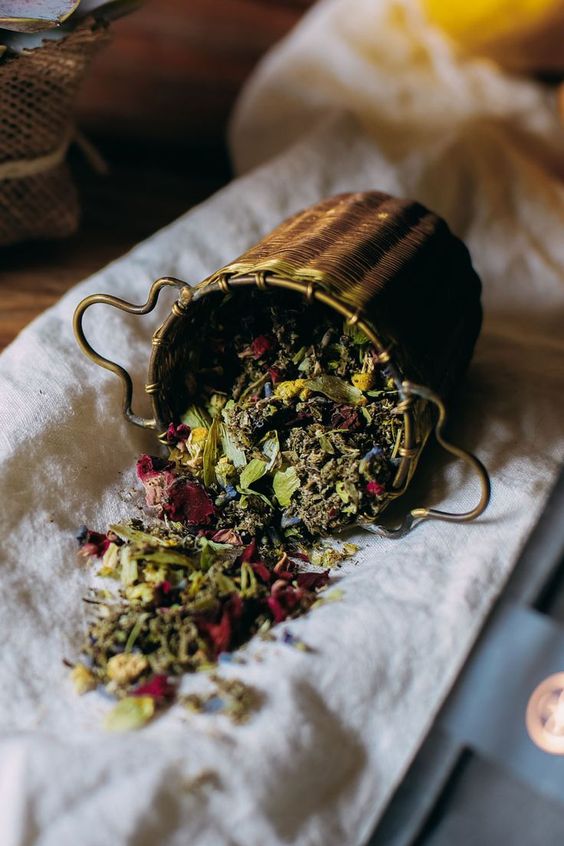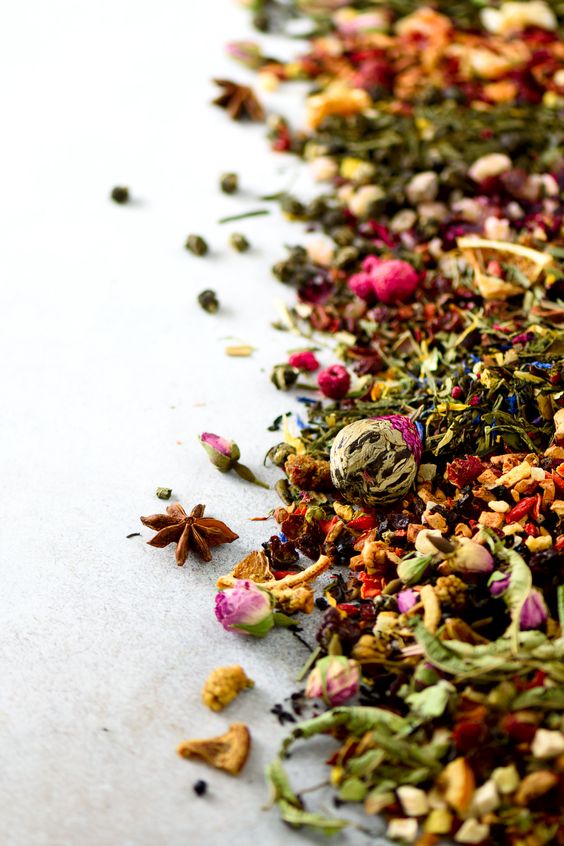In the world of culinary arts and home gardening, few things compare to the vibrant, aromatic flavors fresh herbs bring to our dishes. Yet, during peak growing seasons, the abundance of these herbs often calls for effective preservation methods. Learning to preserve food and plants is a valuable skill that helps us enjoy the best of each season, even when they’re out of reach. In this comprehensive blog, we’ll explore the art of drying and preserving herbs, allowing you to savor their delightful essence all year long.

SELECTING THE RIGHT HERBS
Before beginning the journey of drying and preserving herbs, it’s crucial to select the right ones. Opting for herbs at the peak of their flavor and aroma will guarantee the best outcome. Additionally, focus on preserving herbs you genuinely enjoy, so you don’t waste valuable space in your garden or money at the store. Here are some popular choices:
BASIL
Basil is a versatile herb, perfect for adding depth to a variety of dishes like pasta sauces, salads, and pestos. To capture its peak flavor, harvest the fragrant leaves just before the plant begins to flower. Not only does basil enhance your culinary creations with its vibrant taste, but it also contains essential oils with powerful health benefits. These oils boast antibacterial and anti-inflammatory properties, making basil not only a kitchen staple but also a valuable part of your home remedy kit. Personally, I find basil tea helps with digestion; when I feel bloated, a warm cup of basil tea works wonders to ease the discomfort.
ROSEMARY
Renowned for its bold, earthy flavor, rosemary is an excellent herb for seasoning meats and roasted vegetables. For optimal preservation, harvest the stems with their leaves intact. Packed with antioxidants, rosemary supports digestion and strengthens the immune system. Its unmistakable aroma is also known to elevate mood and boost cognitive function. Keeping dried rosemary in your pantry is not just a culinary advantage—it’s also a way to promote overall well-being. I particularly enjoy sprinkling rosemary on homemade dinner rolls to add a rich depth of flavor.
THYME
Thyme’s earthy, slightly minty taste makes it a staple in Mediterranean dishes. To retain its full flavor, harvest the stems just before the plant begins to bloom. Thyme also offers medicinal benefits, as it contains thymol, an active compound known for its antifungal and antibacterial properties. Thyme tea is a traditional remedy for sore throats and respiratory issues, making it a versatile herb to keep on hand. Dried thyme isn’t just for cooking—it’s a valuable addition to your home apothecary.
MINT
Mint is refreshing and aromatic, ideal for teas, desserts, and even savory dishes. To preserve its flavor, harvest the leaves before the plant flowers. Mint is particularly well-known for its digestive benefits. Peppermint, a popular variety, can help relieve symptoms of irritable bowel syndrome (IBS) and indigestion. Drying mint ensures you have a year-round supply of this soothing herb. A word of caution if you’re growing mint in your garden: plant it in a container, as it tends to spread rapidly and can easily overtake other plants.
LAVENDER
Lavender is an excellent herb to preserve, thanks to its wide array of uses. Its calming properties are well-known, making it a go-to for promoting relaxation and better sleep. Lavender adds a subtle floral note to culinary creations, perfect for infusing syrups, teas, or even creating lavender-infused ice cubes to add a refreshing twist to summertime drinks like lemonade. Beyond the kitchen, lavender offers natural antiseptic and insect-repellent benefits, making it a valuable addition to both your garden and home. By drying, infusing, or freezing lavender, you can extend its shelf life, ensuring you have this versatile herb on hand for relaxation, flavor, and natural remedies year-round.
THE DRYING PROCESS

Now that you’ve selected your herbs, it’s time to explore different methods for drying and preserving them. Each method has its own advantages and can be tailored to your specific needs.
AIR DRYING
Air drying is one of the simplest and most effective ways to preserve herbs. Here’s how to do it:
- Step 1: Gather your herbs and remove any damaged or yellow leaves.
- Step 2: Tie the stems together using twine or a rubber band. Keep the bundles snug but not too tight, allowing for proper airflow.
- Step 3: Hang the bundles upside down in a well-ventilated, dry area, out of direct sunlight. A dimly lit room with good air circulation works best.
- Step 4: Allow about two weeks for the herbs to fully dry. Once they feel brittle to the touch, strip the leaves from the stems.
Air drying is a gentle process that preserves the herbs’ flavors and essential oils. It’s an ideal method for basil, rosemary, thyme, and mint.
OVEN DRYING
If you need to speed up the process, oven drying is a great option:
- Step 1: Preheat your oven to its lowest setting (usually around 170°F or 75°C).
- Step 2: Lay the herb leaves in a single layer on a baking sheet. Be careful not to overcrowd them, as this can hinder drying.
- Step 3: Place the baking sheet in the oven and leave the door slightly open to let moisture escape, preventing the herbs from cooking.
- Step 4: Check frequently; the herbs should dry within 2-4 hours, depending on your oven’s temperature.
Oven drying is a faster alternative to air drying, perfect for those short on time. It works particularly well for rosemary and thyme, which can tolerate slightly higher temperatures due to their woody stems.
DEHYDRATOR METHOD
If you have a food dehydrator, this method offers precise control over temperature and airflow:
- Step 1: Set your dehydrator to the recommended herb drying temperature, usually around 95°F or 35°C.
- Step 2: Arrange the herb leaves in a single layer on the dehydrator trays, ensuring they don’t overlap for even drying.
- Step 3: Dry for 1-4 hours, checking for crispness. The drying time varies depending on the moisture content of the herbs and your specific dehydrator model.
A food dehydrator is a convenient and reliable way to preserve herbs, providing consistent results with minimal supervision. This method is suitable for all herb types mentioned above.
STORING YOUR DRIED HERBS
Properly preserving dried herbs is key to maintaining their freshness and flavor. Here’s how to ensure your herbs stay at their best:
Step 1:
Crush or crumble the dried herbs and transfer them into airtight containers, like glass jars. This not only makes storage efficient but also releases the herbs’ aroma and flavor when you open the jar.
Step 2:
Label each container with the herb name and the date of preservation. Proper labeling helps you easily identify your herbs and set up a rotation system, so you use the older ones first.
Step 3:
Store the containers in a cool, dark place, away from direct sunlight and moisture. A pantry or spice cabinet is ideal.
By storing your dried herbs in airtight containers, you protect them from moisture and light, which can cause their quality to degrade. When properly stored, dried herbs can retain their flavor for up to a year or even longer.
TIPS FOR USING DRIED HERBS
Using dried herbs differs slightly from fresh, but they can still enhance your culinary creations beautifully. Here are a few tips to make the most of them:
Tip 1:
Keep in mind that dried herbs are more concentrated in flavor than fresh ones. Use them sparingly to avoid overpowering your dishes. As a general guideline, use about one-third to one-half the amount of dried herbs as you would fresh.
Tip 2:
Before adding dried herbs to your recipes, crush or rub them between your fingers. This releases their essential oils, boosting their flavor and aroma to blend seamlessly into your dishes.
Tip 3:
In simmering sauces, soups, and stews, add dried herbs early in the cooking process. This allows time for their flavors to fully develop, giving your dishes a rich and well-rounded taste.
CONCLUSION
Drying and preserving herbs are essential techniques for preserving their flavor, aroma, and nutritional value. By following the appropriate methods, you can enjoy the benefits of fresh herbs year-round. Whether you opt for air-drying, oven drying, or using a dehydrator, the key is to ensure proper ventilation, low humidity, and protection from light. Additionally, storing dried herbs in airtight containers in a cool, dark place will help maintain their quality for longer. With a little care and attention, you can easily incorporate dried herbs into your cooking and enjoy their delicious flavors throughout the year.







